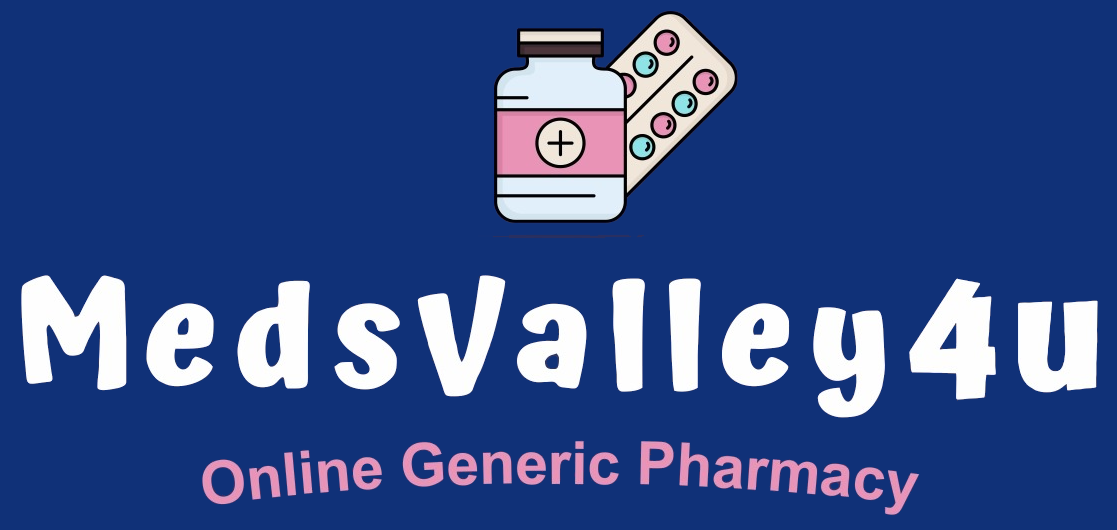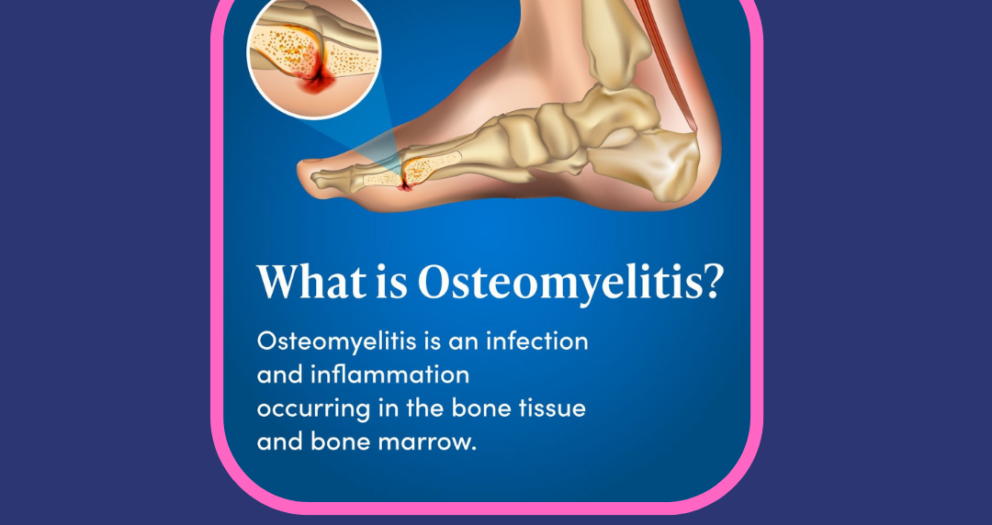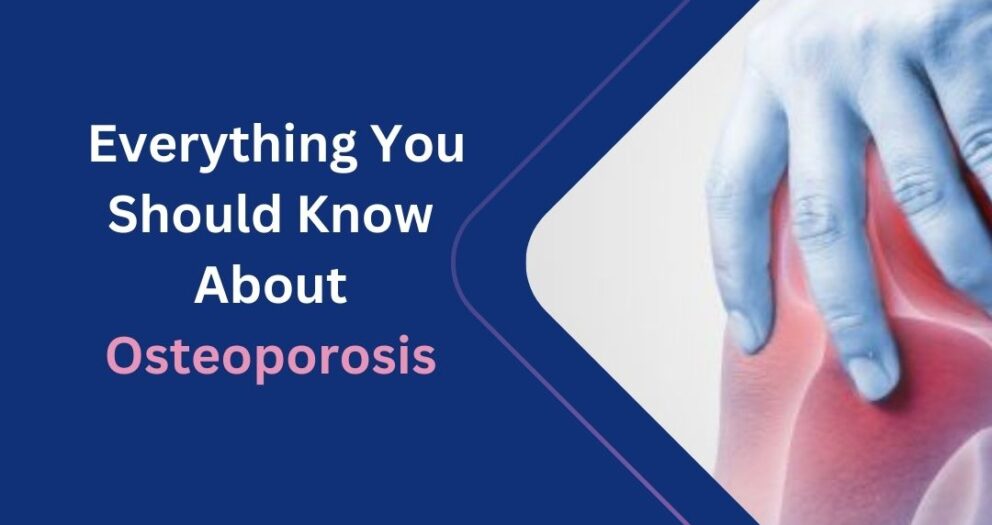Basic Understanding About Pain Relief:
Understanding pain relief is crucial because pain is a common experience that affects physical, emotional, and mental well-being. Here’s a detailed explanation of what you need to know about pain relief, including the types of pain, mechanisms of pain, and various pain relief strategies.
1. Understanding Pain Relief
- What is Pain?: Pain is an unpleasant sensory and emotional experience associated with actual or potential tissue damage. It’s a signal from the nervous system indicating that something may be wrong in the body.
- Types of Pain:
- Acute Pain: This is short-term pain that comes on suddenly and is usually sharp in quality. It serves as a warning of disease or a threat to the body and typically subsides once the underlying cause is treated.
- Chronic Pain: This is long-lasting pain that persists for weeks, months, or even years. It may be continuous or intermittent and often affects quality of life. Chronic pain can be associated with conditions like arthritis, fibromyalgia, or back pain.
- Neuropathic Pain: This type of pain results from damage to the nervous system itself, often described as burning, shooting, or tingling. Conditions like diabetes or nerve injuries can cause neuropathic pain.
- Nociceptive Pain: Caused by tissue damage or inflammation, nociceptive pain is often sharp, aching, or throbbing. It’s commonly associated with injuries, surgeries, or inflammatory conditions like arthritis.
2. Mechanisms of Pain Relief
- Pain Pathways: Pain signals are transmitted from the site of injury or irritation to the brain through specialized nerve fibers. The process involves several steps:
- Transduction: The process begins when pain receptors (nociceptors) in the skin, muscles, or organs detect harmful stimuli and convert them into electrical signals.
- Transmission: These signals are transmitted through the spinal cord to the brain.
- Perception: The brain processes and interprets these signals as pain.
- Modulation: The brain can also send signals back down the spinal cord to either amplify or dampen the pain sensation, which is why emotional and psychological factors can influence pain perception.
3. Pain Relief Strategies
- Medications: There are various types of medications available for pain relief, each working in different ways:
- Analgesics: These are medications specifically designed to relieve pain. Common examples include acetaminophen (Tylenol) and nonsteroidal anti-inflammatory drugs (NSAIDs) like ibuprofen and aspirin.
- Opioids: These are stronger painkillers, such as morphine, oxycodone, and hydrocodone, typically prescribed for severe pain. However, they have a high potential for addiction and should be used under strict medical supervision.
- Antidepressants and Anticonvulsants: These medications are sometimes used for neuropathic pain. They work by altering the way the brain and spinal cord process pain signals.
- Topical Analgesics: These are creams, gels, or patches applied directly to the skin over a painful area. They often contain ingredients like menthol, capsaicin, or lidocaine that provide localized pain relief.
-
Non-Pharmacological Approaches:
- Physical Therapy: Involves exercises and treatments like massage, heat, or cold therapy to relieve pain, improve mobility, and strengthen muscles.
- Cognitive Behavioral Therapy (CBT): This psychological approach helps patients manage chronic pain by changing the way they think about pain and developing coping strategies.
- Acupuncture: An ancient Chinese practice that involves inserting thin needles into specific points on the body. It is believed to stimulate the body’s natural pain-relieving mechanisms.
- TENS (Transcutaneous Electrical Nerve Stimulation): A device that delivers small electrical currents to the skin to relieve pain by blocking pain signals from reaching the brain.
- Mind-Body Techniques: Techniques such as meditation, yoga, and deep breathing exercises can help manage pain by reducing stress and promoting relaxation.
-
Lifestyle Modifications:
- Exercise: Regular physical activity can help alleviate pain by strengthening muscles, improving flexibility, and releasing endorphins, which are natural painkillers produced by the body.
- Diet and Nutrition: A balanced diet rich in anti-inflammatory foods, such as fruits, vegetables, and omega-3 fatty acids, can help reduce pain associated with inflammation.
- Sleep: Poor sleep can exacerbate pain, so maintaining good sleep hygiene is essential for pain management.
- Interventional Procedures:
- Injections: Corticosteroid injections or nerve blocks can provide temporary relief from pain by reducing inflammation or interrupting pain signals.
- Surgical Interventions: In some cases, surgery may be necessary to relieve pain caused by structural issues, such as herniated discs or joint problems.
4. Managing Pain Relief Holistically
- Combination Approaches: Often, the most effective pain relief strategies involve a combination of treatments tailored to the individual. For example, a patient with chronic back pain might benefit from a combination of physical therapy, medication, and lifestyle changes.
- Pain Management Plans: Working with a healthcare provider to create a personalized pain management plan is crucial, especially for chronic pain. This plan might include a mix of medications, therapies, and lifestyle modifications.
5. Psychological Aspects of Pain
- Emotional Impact: Pain is not just a physical sensation; it can have significant emotional and psychological effects. Chronic pain, in particular, can lead to depression, anxiety, and social isolation.
- Pain Perception: Factors such as mood, stress, and past experiences with pain can influence how pain is perceived. This is why two people with the same injury might experience pain differently.
6. The Role of the Healthcare Provider
- Diagnosis: Accurate diagnosis of the cause of pain is crucial for effective treatment. This may involve physical exams, imaging tests, or lab work.
- Education and Communication: Educating patients about their pain, the treatment options available, and what to expect can empower them to take an active role in managing their pain.
- Ongoing Monitoring: Chronic pain often requires ongoing monitoring and adjustment of treatment plans. Regular check-ins with a healthcare provider are important to ensure that pain management strategies are effective and to make changes as needed.
7. Risks and Considerations
- Medication Side Effects: All medications have potential side effects, and long-term use of pain relievers, especially opioids, can lead to dependency or other health issues. It’s important to use medications as prescribed and under the guidance of a healthcare provider.
- Non-Medical Risks: Some non-pharmacological treatments, such as acupuncture or chiropractic care, carry their risks, particularly if performed by an unlicensed practitioner. Always seek treatment from qualified professionals.
8. Future Directions in Pain Relief Management
- Research and Innovation: Advances in medical research are leading to new pain relief options, including novel drugs, regenerative medicine techniques, and personalized pain management strategies.
- Patient-Centered Care: There’s a growing emphasis on patient-centered care in pain management, focusing on the individual’s specific needs, preferences, and overall well-being.
Read Other Post:-
- Aerobic Exercise Has Advantages for Your Health
- Top 10 Positive Effects of Meditation for Mental and Physical Health
- The Primary Six Causes Of Male Erectile Dysfunction
- What Should You Eat Every Day to Stay Healthy?
- Which Medicines Are Effective for Treating Erectile Dysfunction?
Conclusion:-
Understanding pain and the various relief strategies is essential for effective management. Whether dealing with acute or chronic pain, a comprehensive approach that includes medical treatment, lifestyle changes, and psychological support often yields the best results. By working closely with healthcare providers and staying informed about the options available, individuals can find effective ways to manage their pain and improve their quality of life.






Write a comment
Your email address will not be published. All fields are required